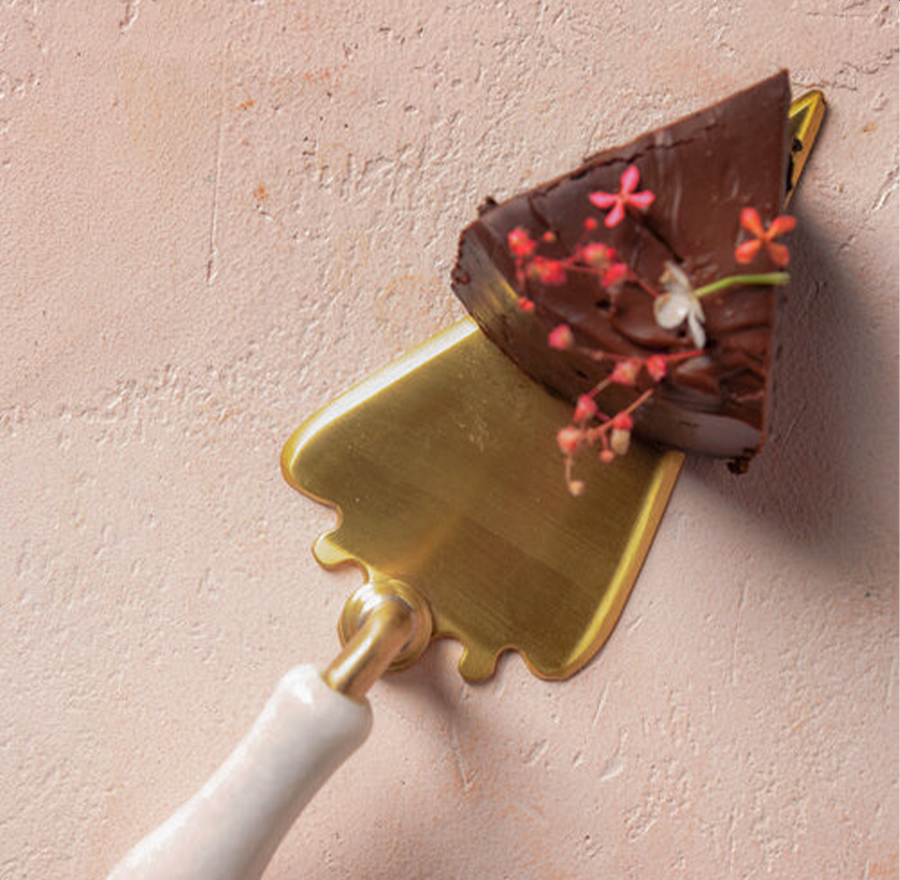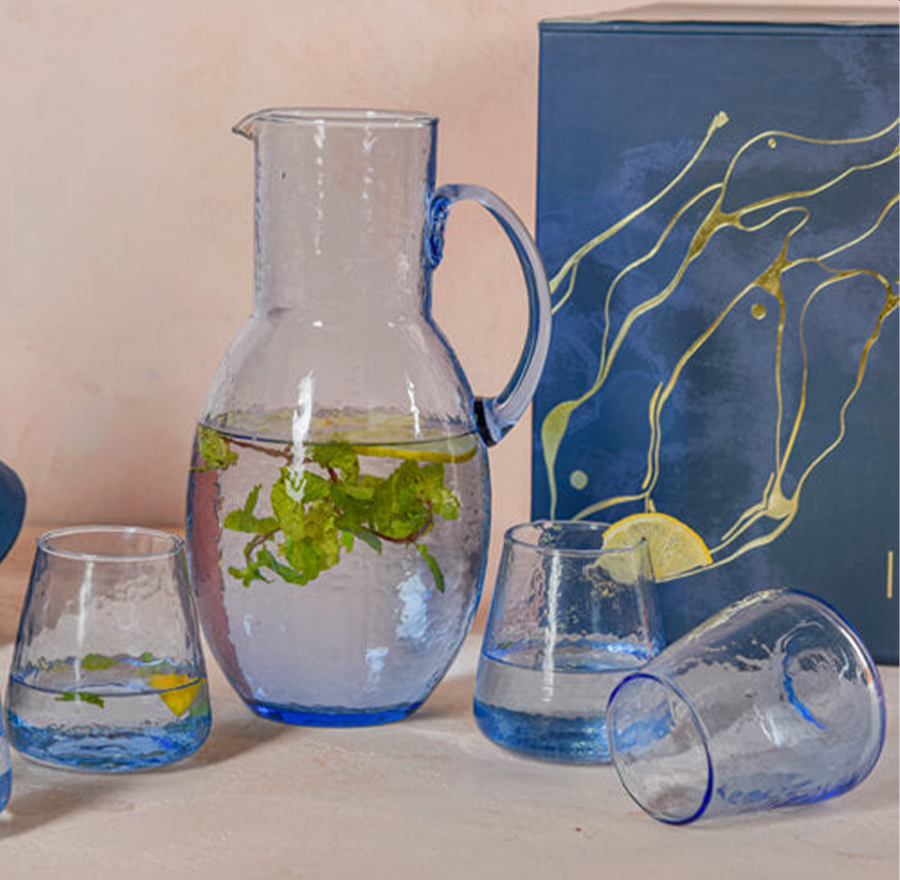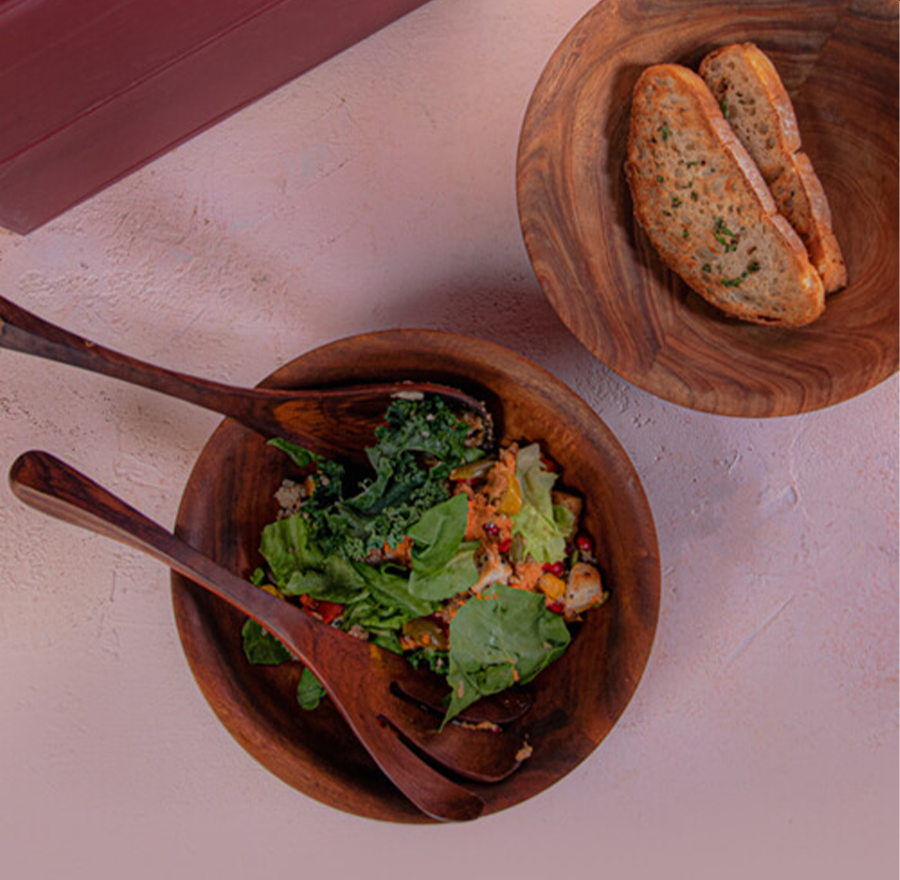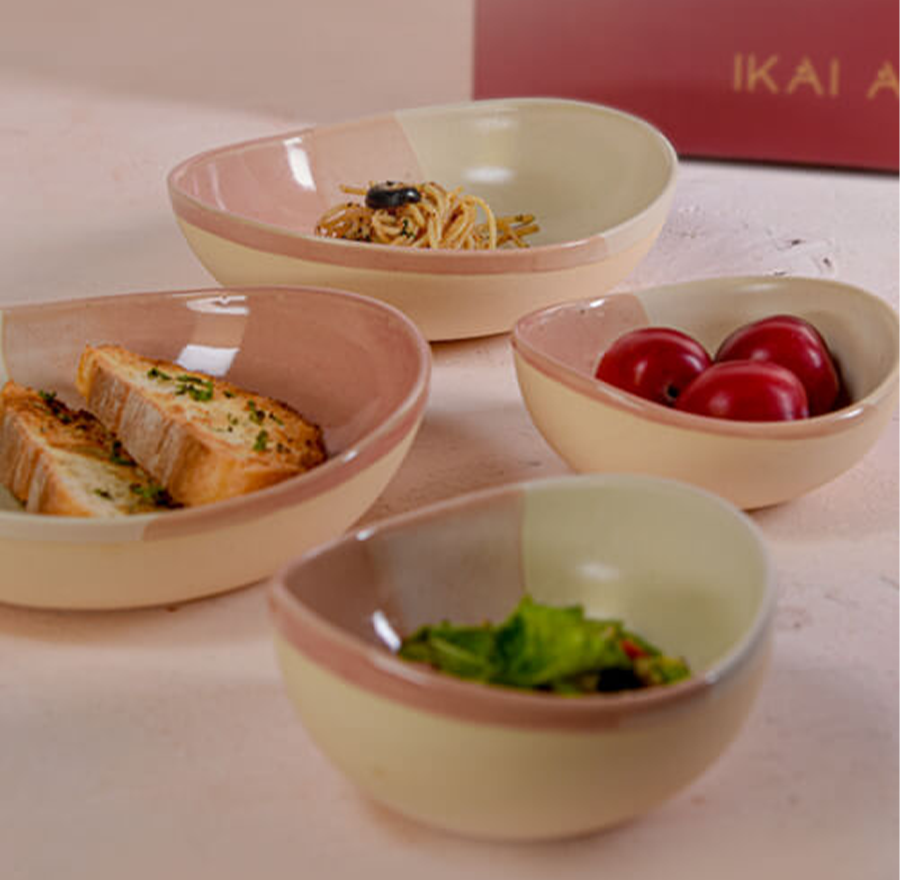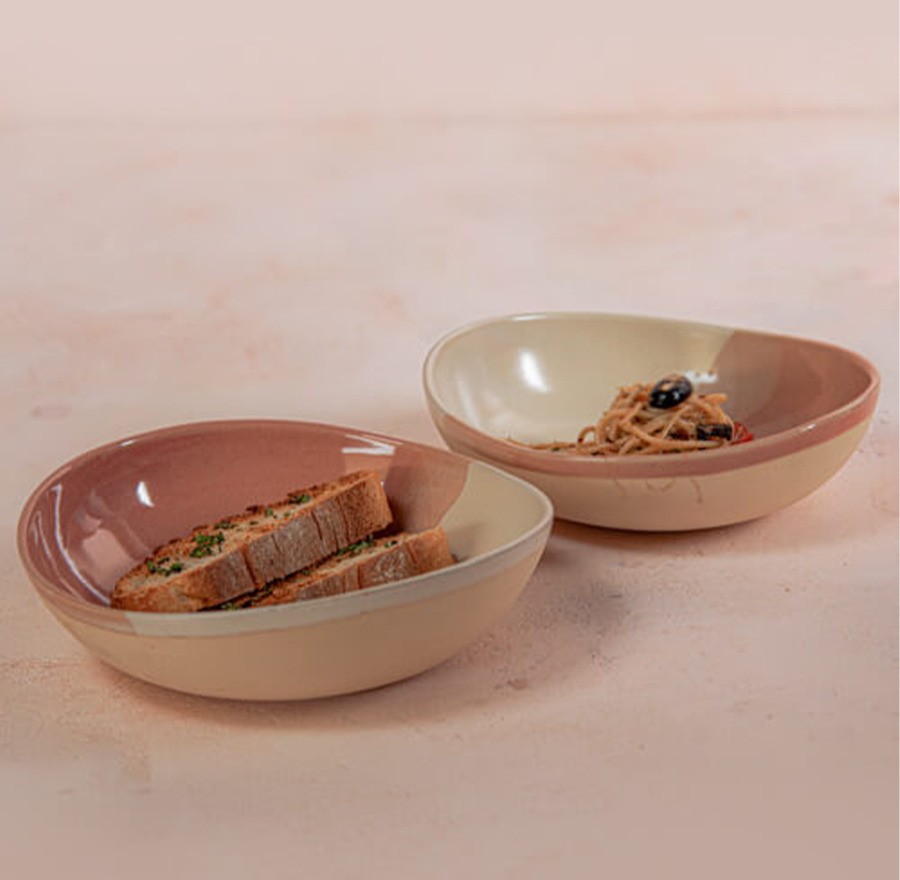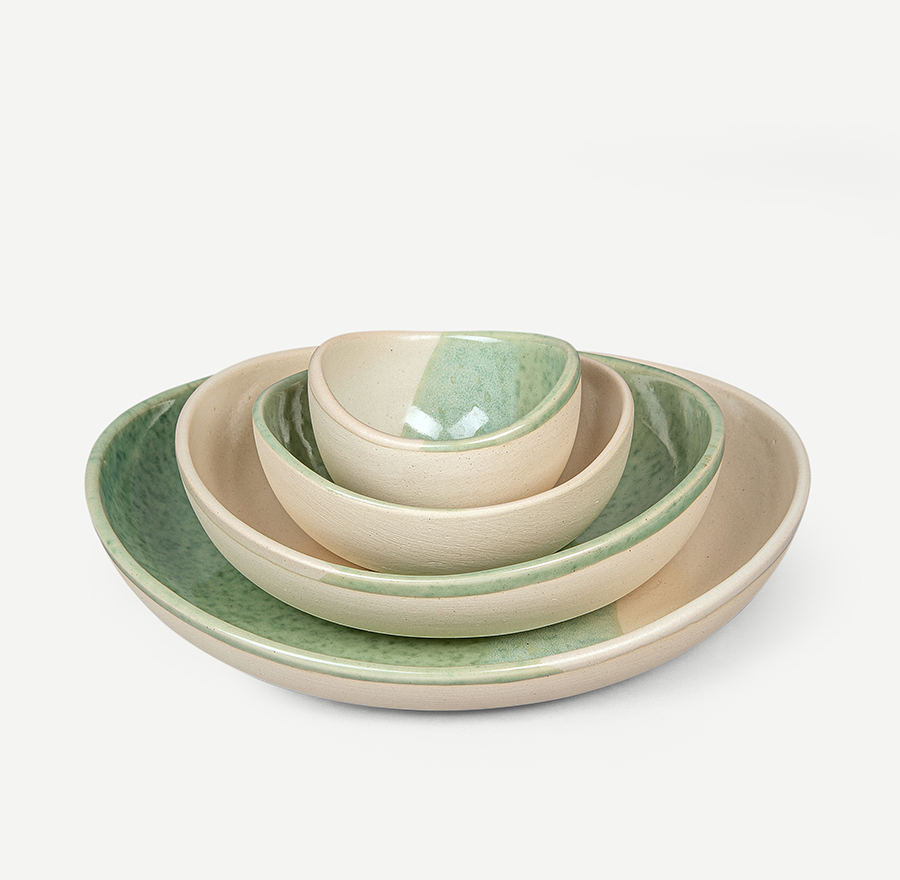INAKI GIFT SET
For sharing the feeling of warmth, for awarding a moment of peace, this Barni-inspired mug and kettle is the way to revive your soul, to find your way back home.
For sharing the feeling of warmth, for awarding a moment of peace, this Barni-inspired mug and kettle is the way to revive your soul, to find your way back home.
Craft Type: Studio Pottery
Dating back to the Indus Valley Civilization, this art form is still extensively practised in the Indian subcontinent, mainly to create large matkis (jars), kulhar cups and oil lamps. Using innovative techniques, our artist from Aurivolle brings alive the aesthetics of her dream room -- a postcolonial quarter with minimal textures - through her faded treatment of the floral motifs and uneven application of the glaze on each product. Moreover, she individually hand-paints all her motifs, turning every piece of pottery into a unique artefact that can only be found in the room of your dreams.
Made in: Pondicherry
Material: Stoneware
Dimensions (cm): Tea Pot: 21.7(L) x 14(B) x 14(H); Dia: 14
Mug: 9.6(L) x 12.5(B) x 7.8(H); Dia: 12.5
Dimensions (inches): Tea Pot: 8.5(L) x 5.5(B) x 5.5(H); Dia: 5.5
Mug: 3.7(L) x 4.9(B) x 3(H); Dia: 4.9
Capacity: Tea Pot: 960 ml
Mug: 300 ml Each Mug
Weight: 1980 grams
No. of pieces in a set: 5, Set of One Tea Pot & Four Mugs
Clay, a natural material, is used to make ceramic wares. It is kneaded and then thrown on a pottery wheel, where it is shaped by hand into this product. The clay product then goes through the process of bisque firing, glaze application, drying, and then glaze firing to make the final ceramic product.
Pottery in the Indian subcontinent has a long history — it has existed as a craft form for centuries. Evidence of earthenware has been found in the early settlements of Lahuradewa and later during the Indus Valley Civilization. Recent times have seen pottery taking on modern design sensibilities, aided by artists and potters that are breathing new life into the craft form. Studio pottery in India is said to have been started by Rabindranath Tagore in Shantiniketan, West Bengal. It further branched out into two styles, which developed in Delhi under Gurcharan Singh and in Pondicherry under Ray Meeker’s Golden Bridge Pottery.
- Wash by hand only, using a mild dishwashing soap. Dry using a soft towel or tissue. Avoid stacking pieces in the sink.
- While stacking for storage, consider using tissue in between ceramic pieces.
- This ceramic product is microwave-safe.
- Description
- Process & Craft
- Care
Craft Type: Studio Pottery
Dating back to the Indus Valley Civilization, this art form is still extensively practised in the Indian subcontinent, mainly to create large matkis (jars), kulhar cups and oil lamps. Using innovative techniques, our artist from Aurivolle brings alive the aesthetics of her dream room -- a postcolonial quarter with minimal textures - through her faded treatment of the floral motifs and uneven application of the glaze on each product. Moreover, she individually hand-paints all her motifs, turning every piece of pottery into a unique artefact that can only be found in the room of your dreams.
Made in: Pondicherry
Material: Stoneware
Dimensions (cm): Tea Pot: 21.7(L) x 14(B) x 14(H); Dia: 14
Mug: 9.6(L) x 12.5(B) x 7.8(H); Dia: 12.5
Dimensions (inches): Tea Pot: 8.5(L) x 5.5(B) x 5.5(H); Dia: 5.5
Mug: 3.7(L) x 4.9(B) x 3(H); Dia: 4.9
Capacity: Tea Pot: 960 ml
Mug: 300 ml Each Mug
Weight: 1980 grams
No. of pieces in a set: 5, Set of One Tea Pot & Four Mugs
Clay, a natural material, is used to make ceramic wares. It is kneaded and then thrown on a pottery wheel, where it is shaped by hand into this product. The clay product then goes through the process of bisque firing, glaze application, drying, and then glaze firing to make the final ceramic product.
Pottery in the Indian subcontinent has a long history — it has existed as a craft form for centuries. Evidence of earthenware has been found in the early settlements of Lahuradewa and later during the Indus Valley Civilization. Recent times have seen pottery taking on modern design sensibilities, aided by artists and potters that are breathing new life into the craft form. Studio pottery in India is said to have been started by Rabindranath Tagore in Shantiniketan, West Bengal. It further branched out into two styles, which developed in Delhi under Gurcharan Singh and in Pondicherry under Ray Meeker’s Golden Bridge Pottery.
- Wash by hand only, using a mild dishwashing soap. Dry using a soft towel or tissue. Avoid stacking pieces in the sink.
- While stacking for storage, consider using tissue in between ceramic pieces.
- This ceramic product is microwave-safe.











